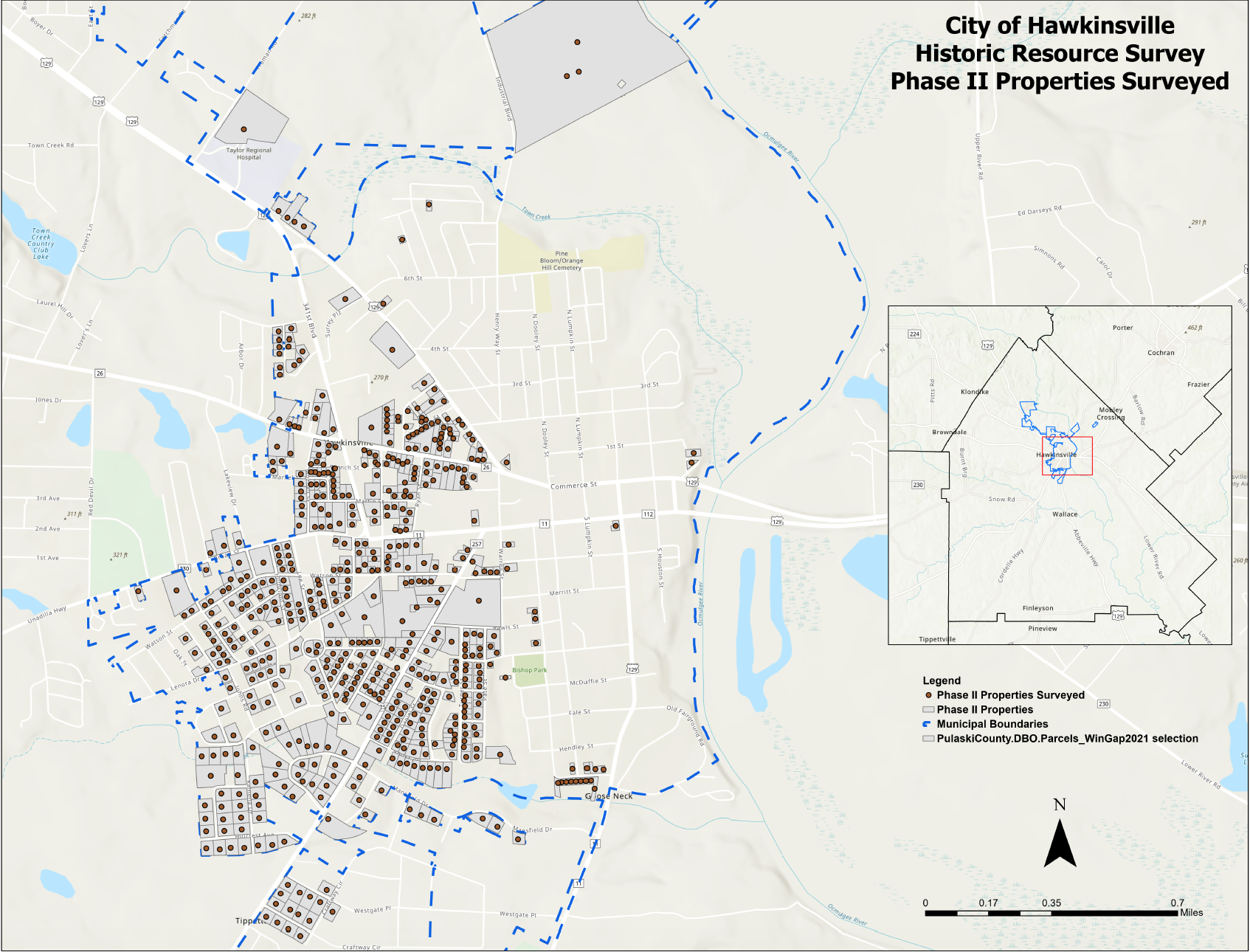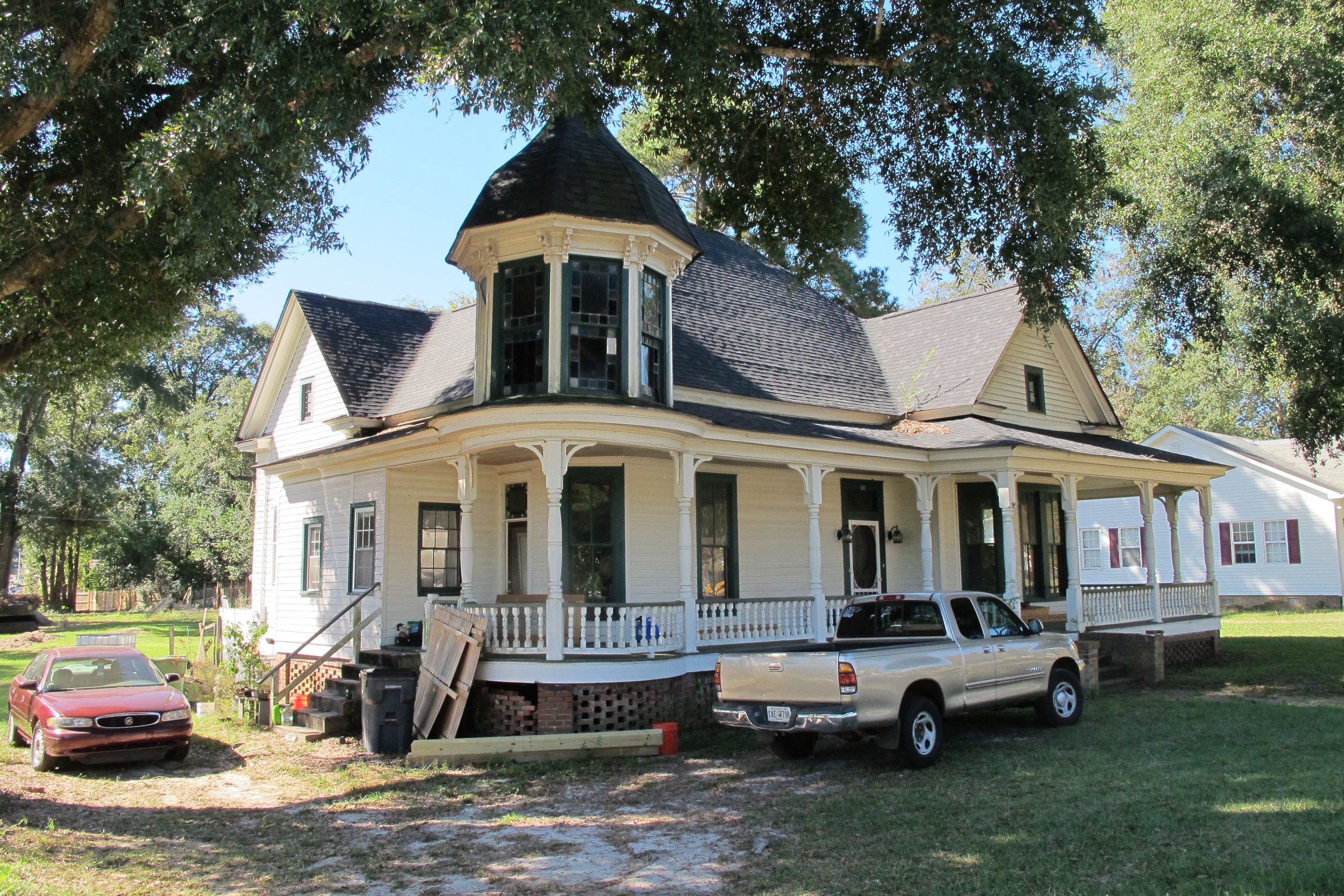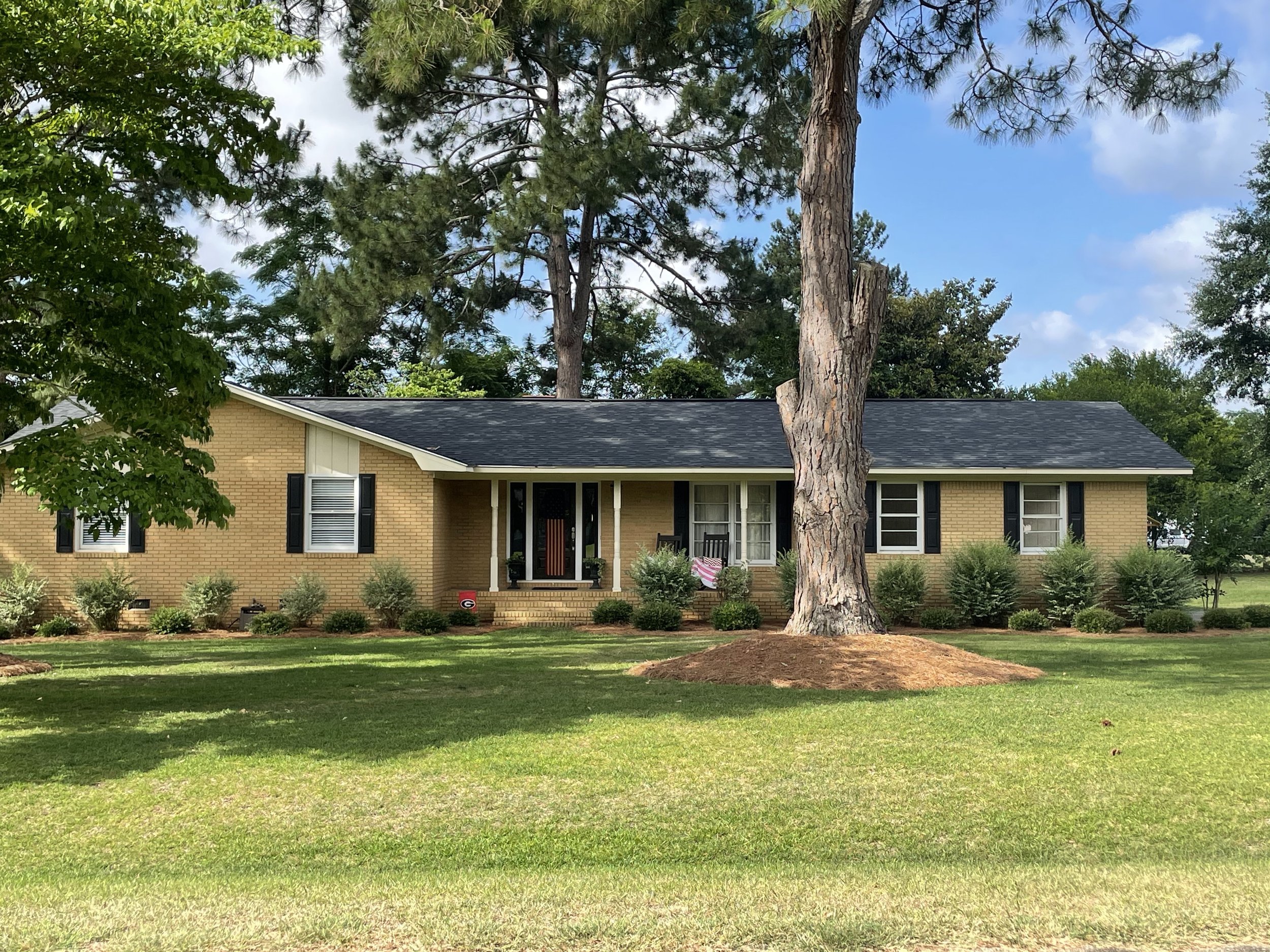CITY OF HAWKINSVILLE - HISTORIC RESOURCES SURVEY - PHASE TWO
The City of Hawkinsville contracted Landmark Preservation LLC to complete Phase Two of the Historic Resources Survey. This survey is a Phase Two continuation to the Phase One Historic Resources Survey which was completed in 2020 by Terracon. The survey was funded by the City of Hawkinsville and the Georgia Historic Preservation Division (HPD) of the Department of Community Affairs. In all, the Phase Two survey gathered information on 600 resources to include buildings, structures, objects, sites, and landscape features constructed before 1981 within the city limits. A total of 42 resources that were previously surveyed as part of the 1976 and 1990 historic resources survey were updated in Georgia Natural, Archaeological, and Historic Resources Geographic Information System (GNAHRGIS). There are few historic resources that remain from before 1910, since the majority of the buildings from this period were likely lost due to neglect. The majority of historic resources that remain within the phase two boundary within city limits were constructed between 1940 and 1980. This time period coincides with national trends such as the post-World War II housing boom and suburban expansion, and local influences through the introduction of harness racing, the industrial boom of processing and storing of cotton, peanuts, and pecans, and lastly the creation and expansion of dual bridges to cross the Ocmulgee River to the east. A total of 536, or 89.3% of resources surveyed, date from this period. A total of 555 resources, or 92.5% of the resources surveyed, attributed to the single-family residence category. The phase two survey area included a high number of domestic resources associated with the post-World War II housing boom and the creation of suburban neighborhoods, all of which are still present thriving neighborhoods today. The rest of the resources identified are categorized based on their original agricultural, commercial, educational, health care, industrial, religious or transportation uses. The architecture of the area surveyed spans a variety of construction periods and styles, represented of national and local trends, available materials, demographics, use, and location not only within the city but the state as well. A total of 425 buildings surveyed were assigned a specific academic style and are highlighted in this report. A total of 221 resources were found to have been constructed in the Plain Style; a style representative of most ranch and split level building types of the post-World War II era. In contrast, 168 were found to have no academic architectural style, which is representative of the area’s industrial and rural surroundings. A total of 574 resources surveyed were identified as conforming to one of the building types recognized by the Historic Preservation Division as identified in Georgia’s Living Places.





















